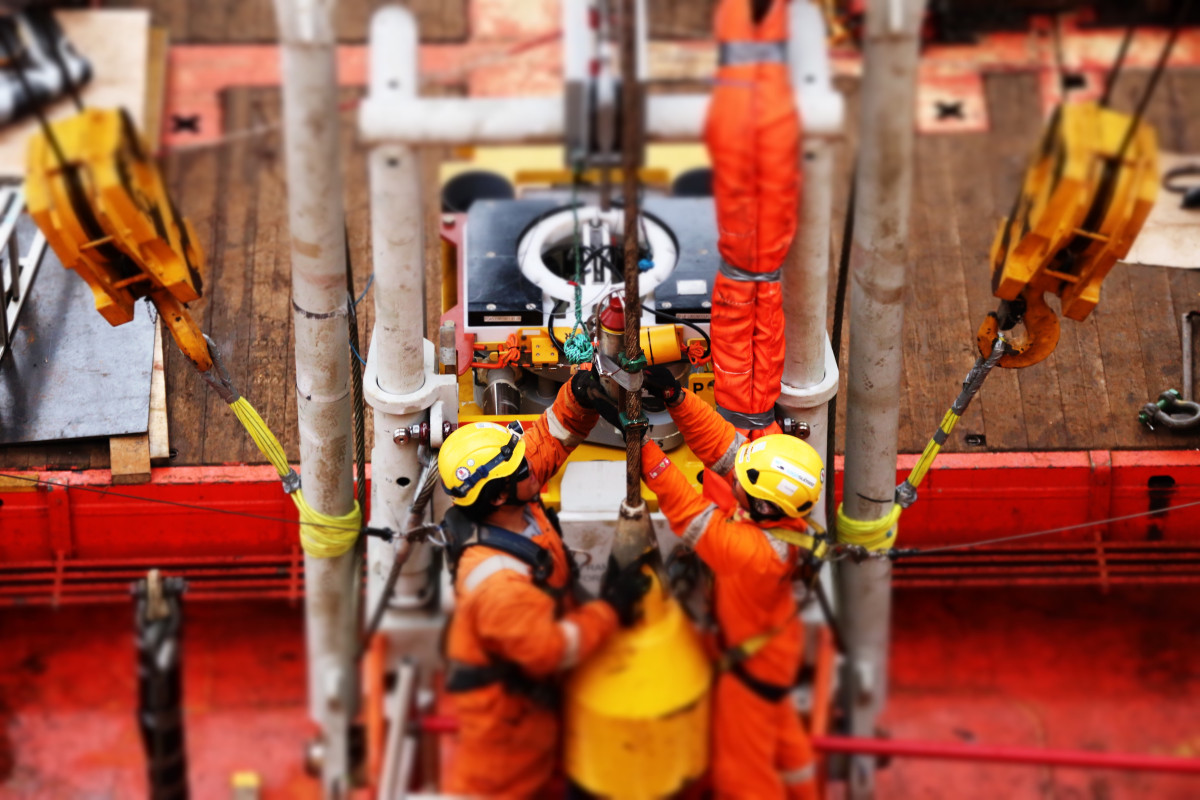Building a good safety culture takes time.
"There are several reasons why we have chosen to continue to focus on safety culture and risk understanding. It takes time to build a good safety culture and risk understanding in the industry. The NMA is working on several projects that have been implemented, and not concluded," says Acting Director General of Navigation and Shipping, Lars Alvestad.
Take a quiz on this year's focus area here (in Norwegian).
The goal is lasting change
So far, supervision has shown that the industry needs to continue their targeted efforts to improve their safety culture and risk understanding. Our goal is that companies will be successful in their safety culture work, and we want to give the industry enough time to achieve a significant improvement in their risk assessments on board.
"The continued focus on safety culture and risk understanding is key to help the companies reap the rewards of the work they have done so far and make the change last. Therefore, we will continue our focus in this area in 2022," says Acting Director General of Navigation and Shipping, Lars Alvestad.
In causal analyses after accidents, we often see that a difference in the understanding or perception of risk is an important underlaying factor. We often see that either a risk assessment of the operations on board is missing, or the risk assessments that have been done are inadequate. Risk assessments are meant to be management tools in the safety work on board and should identify hazards and describe preventive measures.
Particular focus on maintenance of critical systems
A good safety culture includes all safety management systems on board, including the maintenance systems. A failure in a critical system may be a direct cause of more serious incidents, such as grounding, collision or contact damage. The Norwegian Maritime Authority (NMA) is frequently notified of drifting vessels, and although many manage to restart the engine, there are lots of situations where this is not the case. Such incidents may develop into major accidents, such as the Viking Sky or the Tide Carrier incidents.
Maintenance of the equipment and ship is an important barrier to ensure safe operation. A decreasing number of vessels are in a position to conduct extensive maintenance of the machinery in the daily operation, and major maintenance work is usually carried out in connection with certificate surveys in the workshop.
Not all failures of critical systems are due to poor maintenance, but proper maintenance routines provide the company with valuable knowledge of the strengths and weaknessess of the machinery.
Critical systems and equipment being identified and maintained on a regular basis is a safety management system requirement. Maintenance must be done systematically, and the maintenance work that is carried out must be traceable.
Equipment on board new vessels is increasingly advanced and sensor-operated. It is therefore important to carry out maintenance systematically and be skilled in new technology. Older vessels are less likely to have the same level of advanced machinery and equipment, and the age implies worn parts and a need for extra care and maintenance.
Today, an increasing share of the vessels' equipment is integrated and connected. It is therefore increasingly important for the crew to understand how a failure on a piece of equipment may occur, and how it can affect other equipment. Every vessel is unique to some extent and requires specific maintenance routines for safe operation.
Useful background information (only available in Norwegian):

